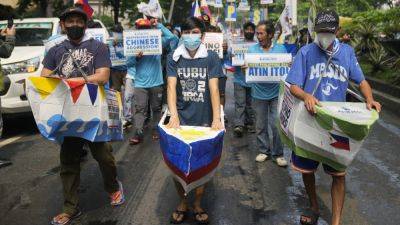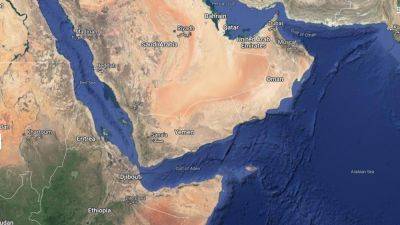Filipinos' seafaring, caregiving history: Tony Award winner Clint Ramos gives trivia
MANILA, Philippines — Filipino-American costume and set designer Clint Ramos, the first person of color to win the Tony Award for Best Costume Design in a Play, shared some trivia about Filipinos’ seafaring and care work industries.
At a recent sit-down chat with the Philippines’ first Olivier and Tony Awards Best Actress winner Lea Salonga and the country’s first British Academy Film Awards (BAFTA) and Golden Globe nominee Dolly de Leon, Ramos shared some research he made for “Request sa Radyo,” a new play that he co-produces starring Lea and Dolly in an alternating role of an overseas Filipino worker (OFW) dealing with loneliness and isolation.
According to him, last year, the World Health Organization declared loneliness as “the next epidemic” and it affects three out of five women, particularly those over 50.
This, he said, is “particularly” true “for our Kabayan who are essentially” carrying the “burden” of being outside of the country, “caring for strangers when they ought to be caring for their own family members.”
The Philippines, according to studies, is the world’s leading supplier of seafarers, with over 600,000 Filipinos in the maritime industry. The Philippine Overseas Employment Administration (POEA) reportedly deployed over 400,000 seafarers in 2022 alone.
“A third of the world's sailors are Filipinos and that's not an accident,” Ramos noted.
According to his research, what makes Filipinos “highly adaptable” are hundreds of years of seafaring, which started even before the Spaniards came.
Historical records show that pre-colonial Filipinos, especially those in Visayas and Mindanao, had been using “Balangay” or traditional boats used by different Filipino ethnic groups, as far as 12th century AD, to reach other countries such as China.
“We are a seafaring people and we have sea legs…” Ramos said. “And then you add the layers of colonization…”
Likewise, Ramos shared a theory on how the Filipinos’ care industry started.
“Care work… Our number one export is care, right?” he asked Lea and Dolly at the panel.
“During the Spanish-American War, the Filipino-American War, when the American soldiers ran out of nurses, American nurses, they trained







